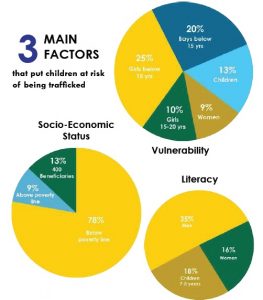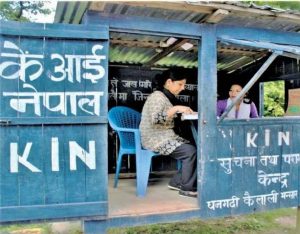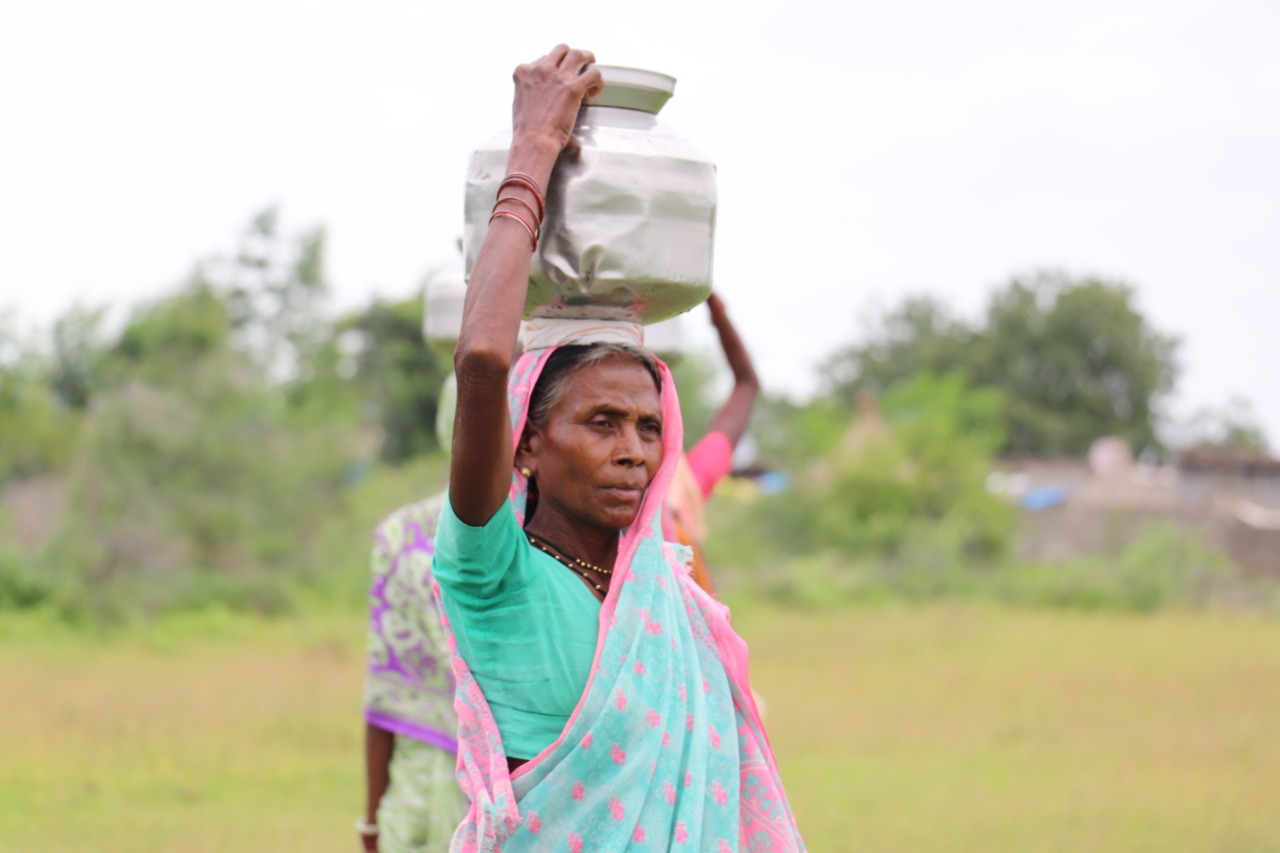- home

- Publication & Resources

- Blog
- DISASTERS: A Trafficking Trap for Victims

DISASTERS: A Trafficking Trap for Victims
CASA India with Kumaun Seva Samiti published a research document in 2014 talking about the intensity of the flesh trade in the aftermath of 2013 disaster. The report gives an insight on the difficulties faced by children and women with no food, shelter and livelihoods, completely ruined in the earthquake

By Nidhi Joshi
Intern | CASA Communications
25 April, 2013. It was a usual morning until I flipped the newspaper and changed the channel to daily news, the day grew darker. Nepal was struck with another high magnitude earthquake. Headlines of the horrific calamity flooded the screen.

The above report is based on a 2014 research paper documented by Kumaun Seva Samiti with help from CASA India.
An account of an innocent child been trafficked flashed on the screen and I was numb, yet again. Quite often India comes across a report of an innocent child being coaxed in the corrupt dungeons of flesh trade.
Human trafficking during disasters is an extensive problem not much researched upon and demanding a solution. Considering the depth of the situation, CASA India conducted a research with Kumaun Seva Samiti, a local organization in Uttarakhand dealing with the atrocities of trafficking during the 2013 Nepal Earthquake.
The research is an eye-opener for the audience in terms of what the victims go through during the difficult phase of rehabilitation. With the help of baseline of 400 beneficiaries, the study attempts to understand the overall scenario of trafficking and its victims who are wretched by poverty and economic instability. Discussions were held with communities to get a broader understanding of the causes and reasons and to aware the people about it.
During a survey conducted by the teams, many families reported that the children were lured by the traffickers, compelling them to indulge into forced labour and when they realized that they have been duped into flesh trading, it was already late. It has been widely reported that approximately 50,000 women and girls work in restaurants, dance bars and massage parlors in Kathmandu and about one third of them are exploited sexually on a daily basis.

Photo: Kingdom Investments Nepal (KIN) Counseling center in GauriFanta, Indo-Nepal Border. KIN is a Nepali not-for-profit NGO formed with the aim to end human trafficking in Nepal.
When asked the victims about the situation, they said that after a disaster, people are more vulnerable and out of a livelihood. Seeking this to be an opportunity, the traffickers lured people by giving them fake assurance of better life and no sooner were they trapped in a vicious circle, hard to escape.
The report reveals the shocking fact that the worst affected are children and women, who after the disaster remain defenseless as they lose their family and are easily trapped into heinous crimes. As a result, many survivors are made to suffer twice — first from the trauma of sexual violence and again from the ostracism of a conservative society that abandons them when their support is most needed. This reported condition is more prevalent on the Uttarakhand border of India and Nepal.
A comprehensive survey depicting the socio-economic status, literacy level, occupation and migration were carried in order to understand the issue.
NEPAL is known for its natural and scenic beauty, but this small, picturesque country also has a hidden dark side. Women and girls are being bought, sold and smuggled across the Nepal-India border. Nepal being economically weak suffered immensely during the disaster leading to illegal practices like human trafficking and child labour.
With the help of the research, the organizations appealed to the respective governments for a strategic plan of action to help reduce the vulnerabilities specifically targeting women and children. The emphasis was on building stronger SHG (self help group) networks in the trafficking prone areas. The research proposed that a geographical mapping of high and medium migration prone areas should be done in order to establish a mechanism for migrants to protect their rights.
Capacity building programs are put forth in the report helping the victims to start a new life. Looking at the lack of awareness and education as the principal cause of vulnerability the research appealed for community sensitisation frameworks and workshops.
With the rapid increase in rate of trafficking during disasters, curbing this social evil is the time of the hour.
 Previous Blog Post CASA RESPONDS IN KERALA
Previous Blog Post CASA RESPONDS IN KERALA Unconditional Cash Support: The Complete Freedom
Unconditional Cash Support: The Complete FreedomFeatured Post

International Women’s Day -2021
8 Mar 2021
International Women’s Day -2021 is very special for CASA. It’s a delight to announce, CASA with the support of the Church of Sweden has launched an exclusive Gender Desk to emphasise the importance of Gender Justice work. CASA has been working for Gender Justice all throughout and across our constituencies in all these years. Gender Desk comes to add vigour […]

Overcoming Gender and Poverty Barriers
Poverty has been an inevitable problem in India since the beginning of time. The increasing problems of poverty caused by overpopulation and the unequal distribution of wealth among the people have led to a huge impact on the life of millions in the rural as well as the urban area. A person has to acquire […]

Impact of Climate Change on Women
16 Jan 2021
Climate change is a prevailing problem globally whose hazardous repercussions extend beyond the environment. Shrinking glaciers, extinction of plants and animal species, mutation, rise in the Earth’s average temperature and triggered seasonal fluctuations, are some of the impacts of climate change that have already grabbed the headline. Certain early predictions pertaining to climate changes had […]



